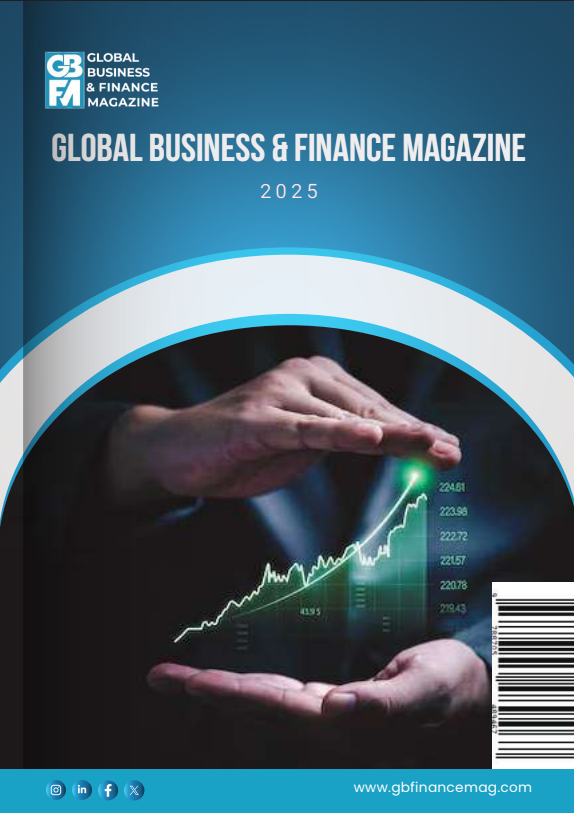Emerging markets with partially dollarised financial systems are particularly vulnerable to global financial cycles. This column examines how reserve requirements on foreign currency deposits can help mitigate credit booms induced by capital inflows. Focusing on Peru between 2008 and 2017, the authors combine microdata with a calibrated macro model to show that foreign currency reserve requirements reduce aggregate credit growth, with heterogeneous effects across banks depending on their exposure to foreign funding. These results underscore the value (and complexity) of macroprudential regulation in dollarised economies.
As global financial cycles intensify and become more synchronised, emerging market economies (EMEs) remain exposed to volatile capital inflows and sudden stops (Miranda-Agrippino and Rey 2020, Sedik and Nier 2015). This vulnerability is especially pronounced in countries with partially dollarised financial systems, where foreign currency (FX) deposits serve as a key transmission channel. Traditional policy tools may be insufficient to buffer these spillovers, raising the importance of macroprudential instruments that can act as circuit breakers, as discussed by Rey (2013) and Klein and Forbes (2013). Macroprudential policies can help enhance monetary independence and reduce the risk of crises in the face of global financial spillovers. Among these tools, reserve requirements on FX deposits have been actively used in countries like Peru, Uruguay, and Bolivia. With few exceptions (e.g. Ahnert et al. 2021, Aguirre and Repetto 2017), limited research has been performed in this area.
Peru provides a compelling case to assess the effects of this type of policy. The country has long exhibited high financial dollarisation. While reforms and inflation targeting helped reduce dollarisation from 80% in 2001 to under 40% by 2017, FX deposits remain significant. Following the Global Financial Crisis, global monetary easing led to large capital inflows, much of it via FX deposits. In response, the Central Bank of Peru actively used foreign currency reserve requirements, recalibrating these requirements to curb excessive credit growth and preserve financial stability.
To examine the effects of these policies, in our recent paper we combine an empirical analysis using Peruvian bank-level data with a DSGE model featuring financial frictions and heterogeneous banks (Andreasen and Nuguer 2025). The evidence shows that foreign currency reserve requirements effectively reduce aggregate credit growth. However, their impact is not uniform: banks with different exposures to FX funding react differently, triggering redistribution in credit supply across institutions.
Empirical evidence: Same shock, different reactions
We use monthly bank-level data from 2004 to 2017 to estimate the impact of changes in foreign currency reserve requirements on credit supply in both foreign and domestic currency. A key feature of our analysis is the distinction between banks according to their bank foreign funding ratio (BFFR hereafter) – a measure of ex-ante exposure to foreign currency deposits; specifically, the foreign currency deposits to total credit ratio.
Figure 1 presents the estimated marginal effects of foreign currency reserve requirements on total and firm credit as a function of BFFR (solid grey and purple lines, respectively) for foreign and domestic currency credit (panels a and b, respectively). On average, increases in foreign currency reserve requirements lead to a contraction in foreign currency credit and, to a lesser extent, in domestic currency credit, although firms’ domestic currency credit increases for the median BFFR. However, these aggregate effects mask substantial heterogeneity. Banks with low BFFR experience a significant reduction in credit across both currencies, while banks with high BFFR tend to expand lending, in foreign and domestic currency. This reallocation pattern suggests that while foreign currency reserve requirements is effective in curbing overall credit growth, it can also shift credit toward institutions more exposed to FX funding.
Figure 1 Estimated effects of foreign currency reserve requirements on credit by bank foreign funding ratio


Note: Each panel shows the estimated marginal effect of foreign currency reserve requirements (RRFC) on credit, conditional on the bank’s bank foreign funding ratio (BFFR). The vertical axis shows the percentage change in credit; the horizontal axis is BFFR. Shaded areas represent 95% confidence intervals. The vertical red line marks the median BFFR.
Understanding the mechanism: A model with heterogeneity and dollarisation
To better understand these heterogeneous effects, we develop a DSGE model of a small open economy that incorporates financial frictions, partial financial dollarisation, and two types of banks – those with low BFFR and high BFFR. The model features imperfect substitution between loans offered by different banks and in different currencies, captured through a constant elasticity of substitution (CES) aggregator at the firm level. This allows us to reflect firms’ limited ability to seamlessly switch between banks or currencies in response to changing financial conditions.
In this framework, a capital inflow shock increases the availability of foreign deposits, fuelling a credit expansion. When foreign currency reserve requirements is in place, it partially sterilizes these inflows by requiring a share of FX deposits to be held as reserves. This leads to an aggregate reduction in credit growth. However, the mechanism behind the heterogeneous bank responses lies in their balance sheet structure: low-BFFR banks rely more heavily on domestic currency deposits and are more sensitive to shifts in relative funding conditions. They respond to the policy by reducing credit more sharply. In contrast, high-BFFR banks, while more directly affected by the reserve requirement, benefit from the reallocation of credit and expand lending, particularly in foreign currency. As in the data, the model highlights that a uniform macroprudential policy can produce asymmetric outcomes across institutions.
This mechanism is illustrated in Figure 2, which complements the empirical findings by showing how banks with different levels of BFFR respond differently to a foreign deposit shock depending on whether foreign currency reserve requirements is active or not.
Figure 2 Model-based responses to foreign currency reserve requirements


Note: Each panel shows the difference in credit supply between a version of the model with foreign currency reserve requirements and one without them, following a foreign deposit shock. The vertical axis plots the average change in credit after the shock, for different levels of BFFR (horizontal axis). Vertical lines indicate the median BFFR in the data.
Policy implications
The findings highlight that foreign currency reserve requirements can be an effective tool to moderate aggregate credit growth in the face of capital inflows. However, its effects are not neutral across banks. Differences in funding structures can amplify or offset the intended effects, leading to unintended credit reallocation. In economies with partial dollarisation, these asymmetries make the design and calibration of macroprudential policy more complex and underscore the need to account for institutional heterogeneity when using FX-specific instruments.
Source : VOXeu





